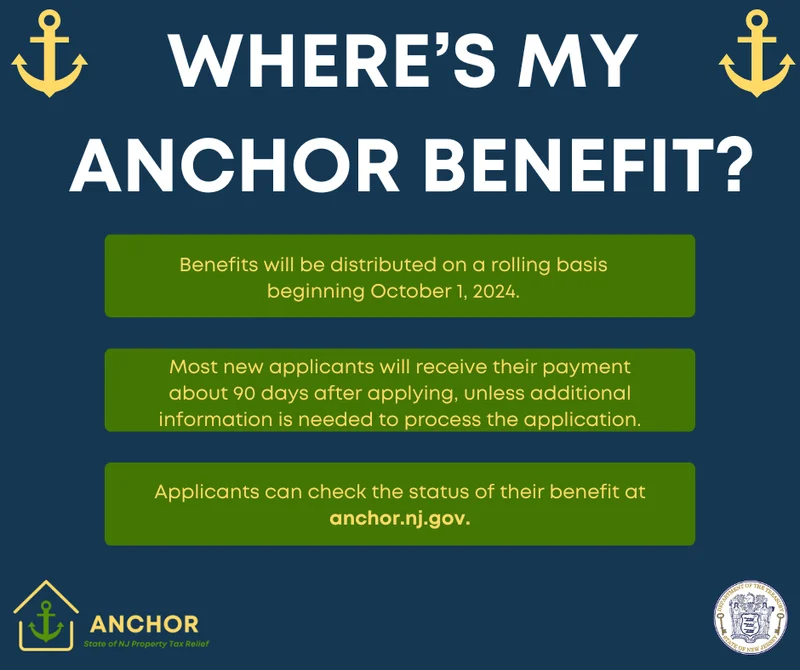elon musk: what we know
Beyond the Hype: What "People Also Ask" Really Tells Us
The "People Also Ask" (PAA) section—that little box of related questions Google throws at you—is a fascinating, if imperfect, mirror reflecting the public's curiosity. Ostensibly, it's driven by search data, a distillation of millions of queries into a handful of frequently asked questions. But, like any dataset, it's crucial to understand its limitations before drawing conclusions.
The first thing that strikes me about PAA is its inherent bias. Google's algorithm prioritizes recency and popularity. This means that the questions that bubble to the top aren't necessarily the most insightful or representative of long-term trends; they're often just the questions everyone's panicking about right now. The PAA section is less a historical record and more a snapshot of the collective internet id at any given moment.
The Echo Chamber Effect
This bias can create an echo chamber effect. If a particular narrative gains traction, the PAA section will amplify it, regardless of its factual basis. For example, during periods of market volatility, you'll see a surge of questions related to "is the market crashing?" This reinforces the perception of a crash, even if the underlying data suggests otherwise. It is a self-fulfilling prophecy of sentiment, not necessarily reality.
Consider, too, the source of these questions. Are they coming from seasoned investors, or are they from novice traders reacting to social media hype? The PAA section doesn't differentiate. It aggregates all queries, treating each data point as equal, when clearly, some sources are more informed than others. This is a critical flaw (one that, frankly, I find baffling).
Data Quality and Interpretation
The biggest problem with PAA data is that it’s impossible to independently verify the underlying methodology. Google doesn’t publish the precise algorithm used to generate these questions. We don't know the weighting given to different factors (search volume, source credibility, recency). This lack of transparency makes it difficult to assess the data's reliability.

And this is the part of the report that I find genuinely puzzling. Why the secrecy? Is it to protect a competitive advantage? Or is it because the algorithm is less sophisticated than they'd like us to believe? The opacity breeds distrust.
Moreover, the questions themselves can be misleading. They're often phrased in vague or ambiguous terms, making it difficult to interpret the searcher's intent. For instance, a question like "is X stock a good investment?" could mean anything. Is the searcher looking for short-term gains or long-term value? Are they risk-averse or aggressive? The lack of context makes it difficult to draw actionable insights.
The Value Proposition
Despite these limitations, PAA data isn't entirely useless. It can be a valuable tool for understanding public sentiment and identifying emerging trends—if you approach it with a healthy dose of skepticism. Think of it as a noisy signal that needs to be filtered and interpreted with caution.
One way to improve the signal-to-noise ratio is to compare PAA data across different time periods and geographic regions. This can help identify patterns and anomalies that might be missed by looking at a single snapshot. For example, a sudden spike in searches for "inflation hedges" in a particular region could indicate growing economic anxiety.
Another approach is to combine PAA data with other sources of information, such as social media sentiment analysis, news articles, and financial reports. This can provide a more comprehensive and nuanced understanding of the underlying dynamics. It's about triangulation, not relying on a single, potentially flawed, data point.
A Grain of Salt, and a Keen Eye
Ultimately, the value of "People Also Ask" lies not in its accuracy, but in its ability to reveal the collective anxieties and aspirations of the internet-using public. It's a reflection of what people think is important, regardless of whether it actually is. And that, in itself, can be a valuable insight, provided you take it with a grain of salt and a keen analytical eye.
-

Warren Buffett's OXY Stock Play: The Latest Drama, Buffett's Angle, and Why You Shouldn't Believe the Hype
Solet'sgetthisstraight.Occide...
-

The Great Up-Leveling: What's Happening Now and How We Step Up
Haveyoueverfeltlikeyou'redri...
-

The Business of Plasma Donation: How the Process Works and Who the Key Players Are
Theterm"plasma"suffersfromas...
-

NJ's ANCHOR Program: A Blueprint for Tax Relief, Your 2024 Payment, and What Comes Next
NewJersey'sANCHORProgramIsn't...
-

The Future of Auto Parts: How to Find Any Part Instantly and What Comes Next
Walkintoany`autoparts`store—a...
- Search
- Recently Published
-
- Personal Injury Attorneys: What the Numbers Reveal About Top Firms
- Alibaba Stock: What's Driving the Price Action
- Yann LeCun: His Latest Vision and Future Insights
- BMO: Unlocking the Future of Finance, One Innovation at a Time
- The Rivian Stock Surge: An Analysis of the Rally and Its Sustainability
- Canton Network: The Hype, The Price, and The Inevitable Letdown
- WSAZ: Live News, Weather Data, and Regional Reports
- Ore: The Future of Everything?
- Monero's Privacy Surge: Price, Mining, and What the Crypto World Wants – What Reddit is Saying
- Comerica Bank: Locations, Hours, and the Quest for Customer Service
- Tag list
-
- carbon trading (2)
- Blockchain (11)
- Decentralization (5)
- Smart Contracts (4)
- Cryptocurrency (26)
- DeFi (5)
- Bitcoin (29)
- Trump (5)
- Ethereum (8)
- Pudgy Penguins (6)
- NFT (5)
- Solana (5)
- cryptocurrency (6)
- XRP (3)
- Airdrop (3)
- MicroStrategy (3)
- Stablecoin (3)
- Digital Assets (3)
- PENGU (3)
- Plasma (5)
- Zcash (6)
- Aster (4)
- investment advisor (4)
- crypto exchange binance (3)
- SX Network (3)
